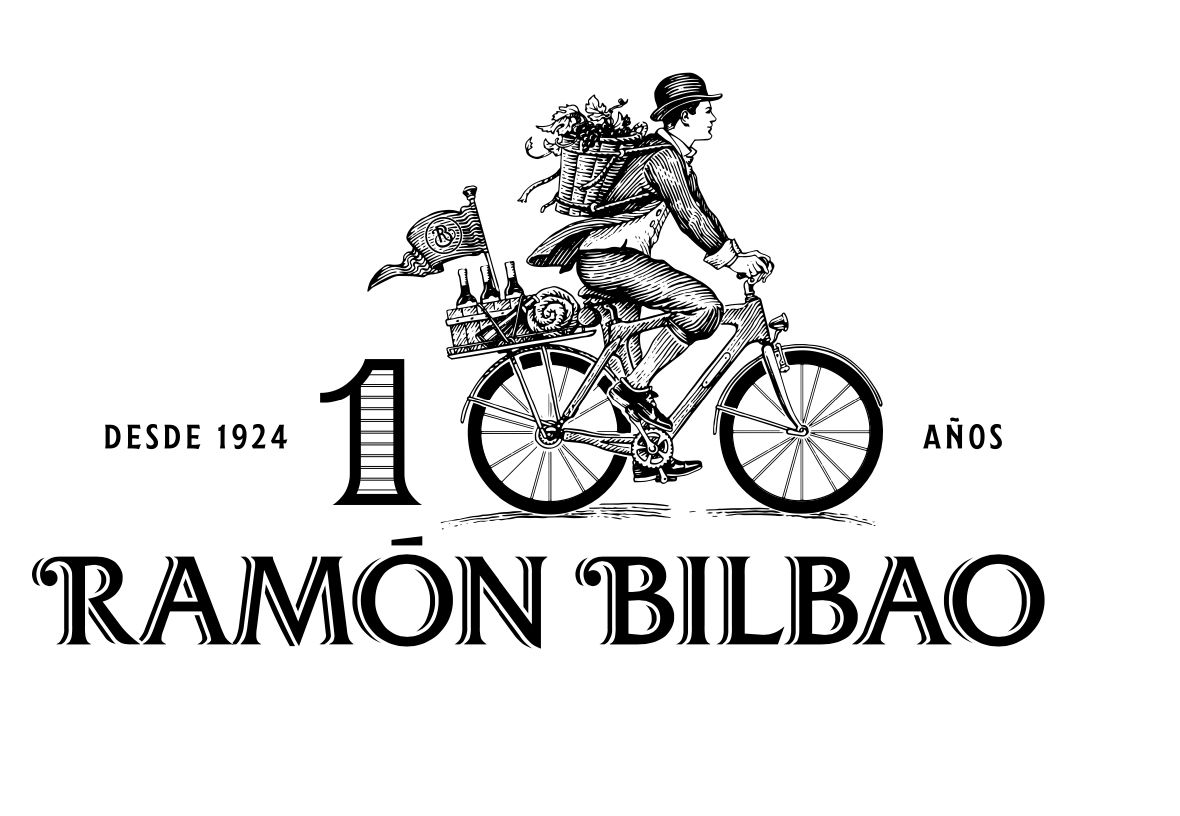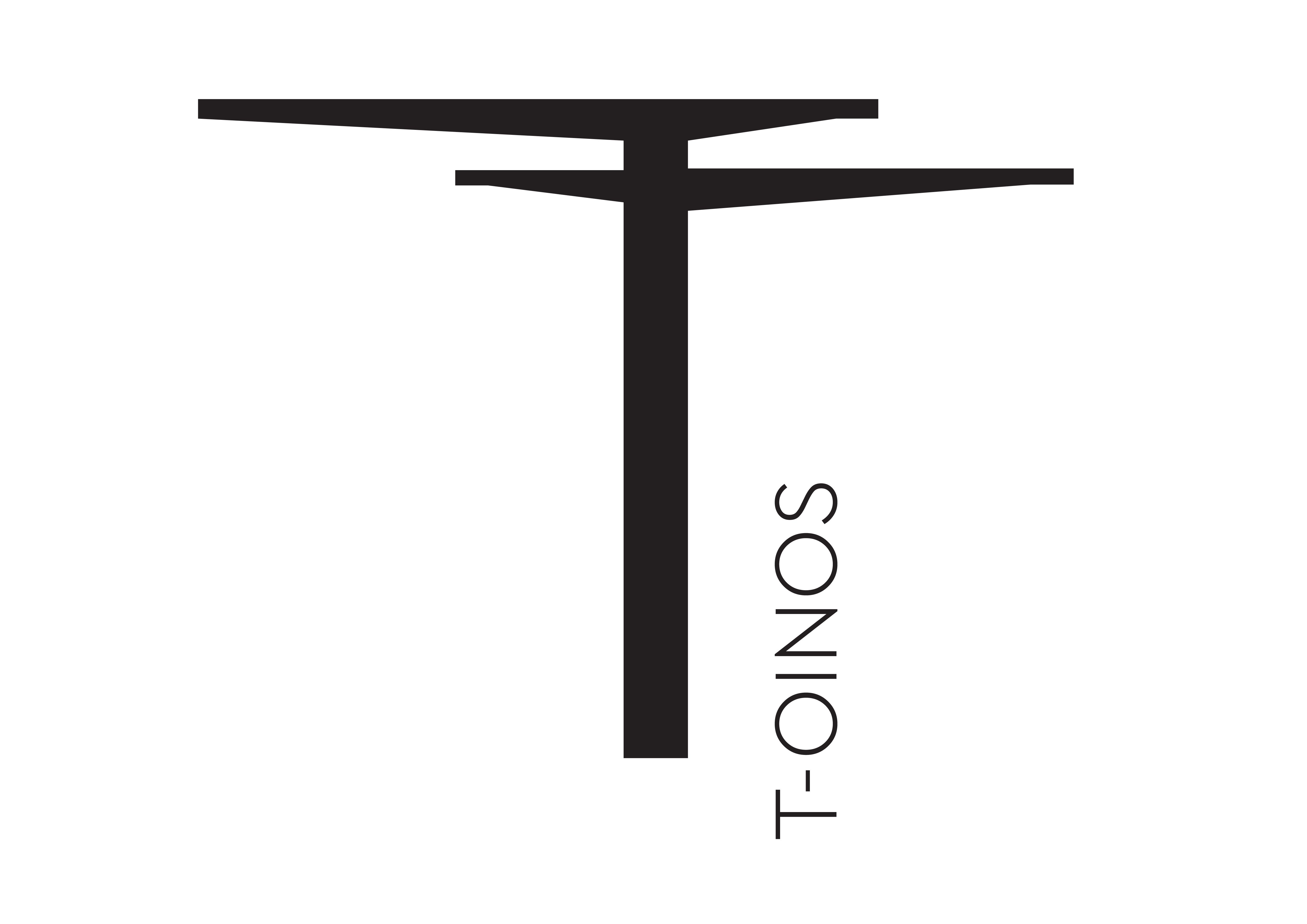Even the most well travelled and knowledgeable Italian wine buyer has probably not visited the Aeolian islands. Those that do have a whole treasure trove to discover, says Kate Hawkings.
Growing vines since ancient times, the Aeolians were first made prosperous from Bronze Age maritime trade routes that stretched from Crete to Cornwall. Spanish pioneers were invited here to develop agriculture in the 1500s and by the eighteenth century the islands were wealthy from their famous Malvasia della Lipari straw wines, acclaimed across Europe and particularly by the sweet-toothed Brits.
Wine was by far the most important source of income to the islands’ population, who between them produced around 12m litres a year, before phylloxera inevitably struck at the end of the 19th century. The economy crashed almost overnight and huge numbers of residents fled. The years following World War II saw another exodus – people were known to sell their houses with land for the price of a one-way ticket to Australia.
In the 1980s, Carlos Hauner, an artist and architect from northern Italy, bought some of these abandoned plots on the island of Salina and cultivated vines. Although some old estates had carried on production, Hauner is credited with spearheading the modern wine industry here. Now there are 15 wineries across the islands of Salina, Lipari and Vulcano, together producing around 250-300,000 bottles per year from a total of 144 hectares.
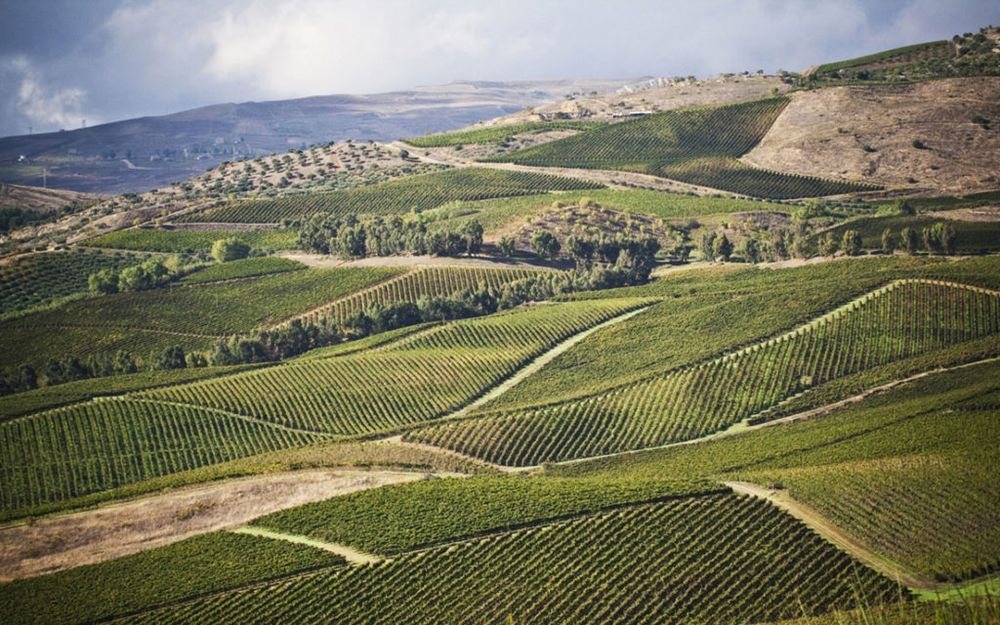
Some of the vines as part of the Tasca d’Almerita wine estates
In 2001 the Tasca d’Almerita empire, bought six hectares of vineyards on Salina, mostly planted with 30-year-old Malvasia delle lipari vines, and named the estate Tenuta Capofaro, after the lighthouse – “il faro” – included on the plot. From their four other estates across Sicily, the family brought with them not only centuries of winemaking knowledge and an innate understanding of the value of terroir, but also their forward-thinking ethos of working collaboratively with fellow winemakers for the greater good of the region and its wines.
Malvasia delle lipari is one of the 70+ iterations of Malvasia, one of the oldest commercial grapes in the world, grown all over the Mediterranean since the Middle Ages because of its resistance to salty environments and its capacity to hold sweetness while maintaining acidity. While Malvasia delle lipari makes fantastic passito wines, Tenuta Capofaro, along with a few others, began experimenting with dry styles, and released their first in 2012. The results are impressive – fresh and elegant with gentle abvs – and show an exciting new direction for the islands’ wines.
Tasca Capofaro is at the forefront. It has unified wineries who previously had combative relationships with each other, and given a democratic voice to even the smallest producers. This strength-in-numbers approach to raising their profile is paying off.
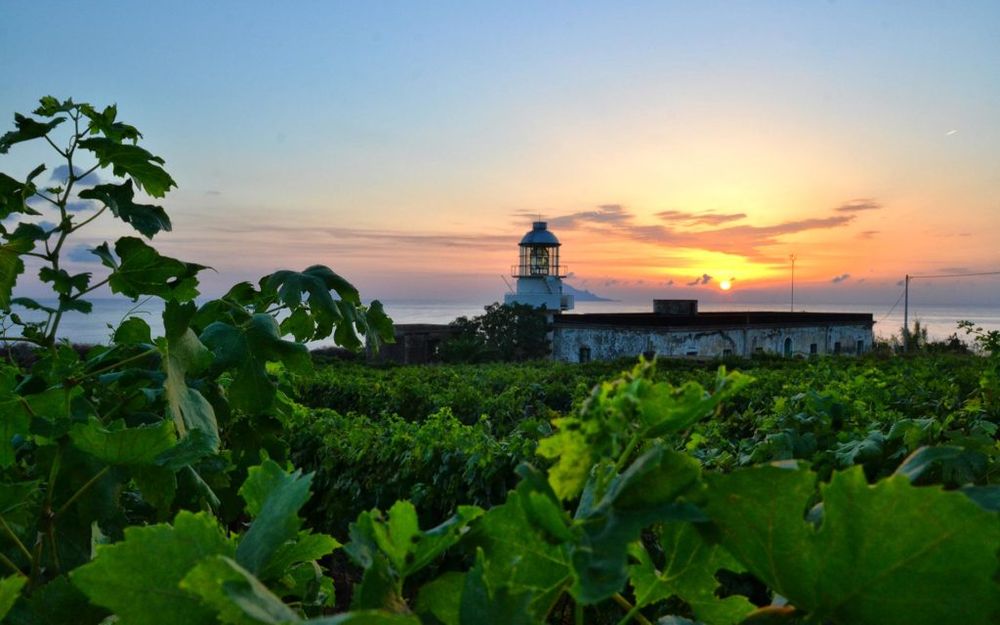
The lighthouse – ‘il faro’ – sits in the middle of the Tasca d’Almerita estate
Every June, Tenuta Capofaro holds its ‘Malvasia Day’ celebration, now in its ninth year, at its chic hotel resort set among the vineyards, when other wineries from the islands gather to show their wares to each other and the growing number of tourists lured here by the wine. The event is introduced by expert guest speakers. This year, illustrated talks were given by a geologist, an agronomist and an agro-meteorologist, who really got under the skins of their subjects pertaining to these islands in a pleasingly geeky but accessible way.
Local customs
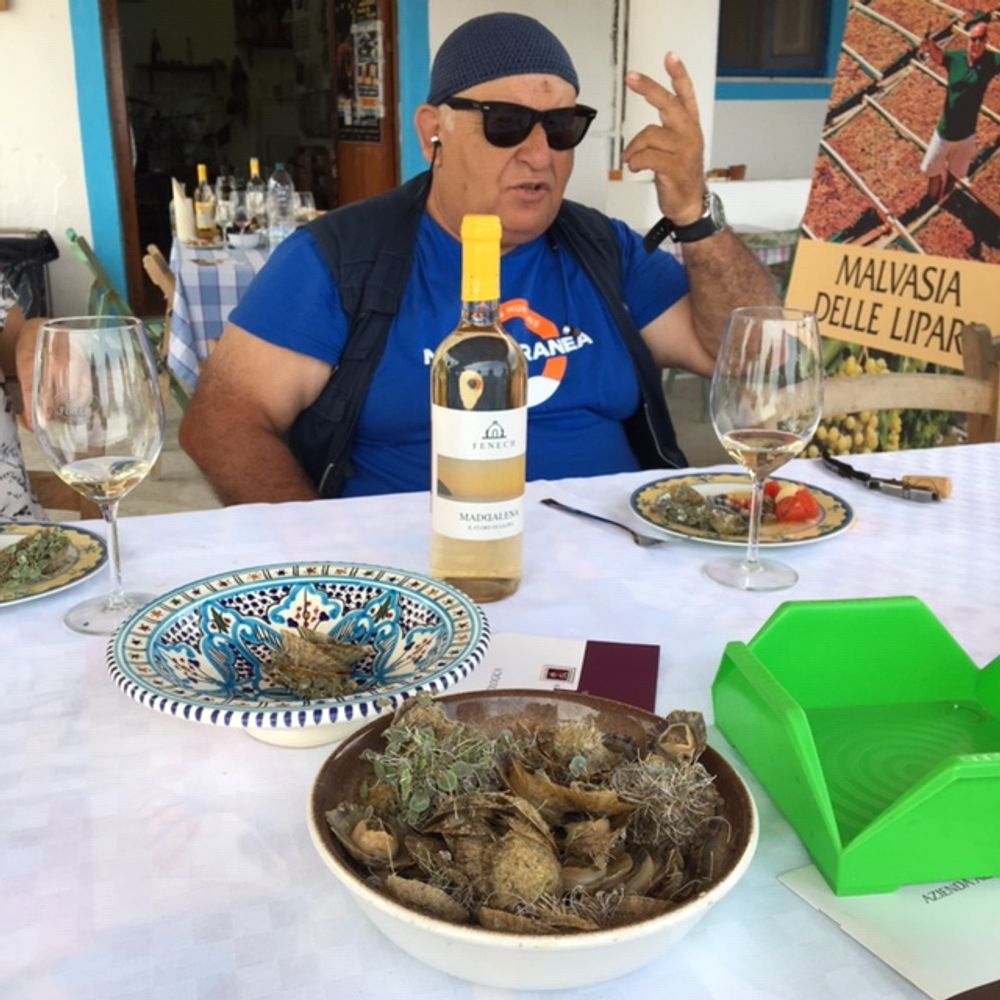
The participating estates are all small operations – 50% have three hectares or fewer – mostly employing ‘natural’ techniques of minimal intervention in both vineyard and winery, and skin contact is commonly used, sometimes in conjunction with amphorae or concrete, not because these things are fashionable but because that’s the customary way of doing things here.
Malvasia delle Lipari DOC demands the traditional practice of drying grapes on straw mats before pressing, and allows only its eponymous grape plus a little Corinto Nero – a rare varietal only found on these islands, and the only one to survive phylloxera in parts. Black-skinned Inzolia Nera, like Corinto Nero, was once almost extinct but now flourishes thanks to the nurturing work of the islands’ growers and winemakers.
The more familiar Catarratto, Moscato, Nero d’avola, Nerello Mascalese and Nerello Cappuccio are also found, often grown as field blends and vinified together. More than once I was offered ‘vino illegale’ (“we are Sicilians, after all,” winked one of the makers) which are made and sold only on the islands because they don’t meet EU regulations.
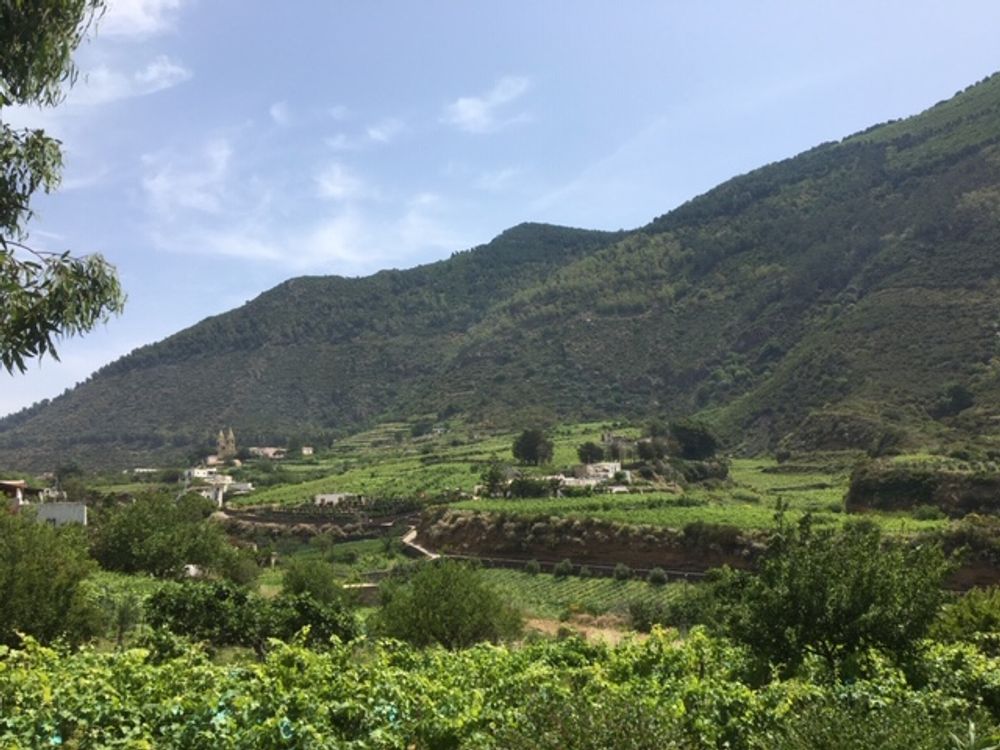
The Malvasias, both dry and sweet, whether made in inox, oak or amphorae, show the varietal’s characteristic aromatic notes of roast apricots, astringent herbs, mountain flowers, honey and salted nuts. Those made with skin contact have exaggerated nuttiness along with pleasing tannic crunch. Like all the wines from these islands, they are underpinned to a greater or lesser extent with a thrilling frisson of smoke and pumice from their distinctive volcanic terroir.
“The renaissance of this varietal is largely thanks to the dry style,” says Ivo Basile of Tenuta Capofaro. “It has completely changed the image of Malvasia here. Before, we drank other Sicilian wines and international varietals from abroad. Now, dry Malvasia has impressed restaurateurs, sommeliers, locals and tourists alike, to the point that we are proposing the style be included in the Malvasia delle Lipari DOC. That would be a true renaissance!”
Remote and isolated
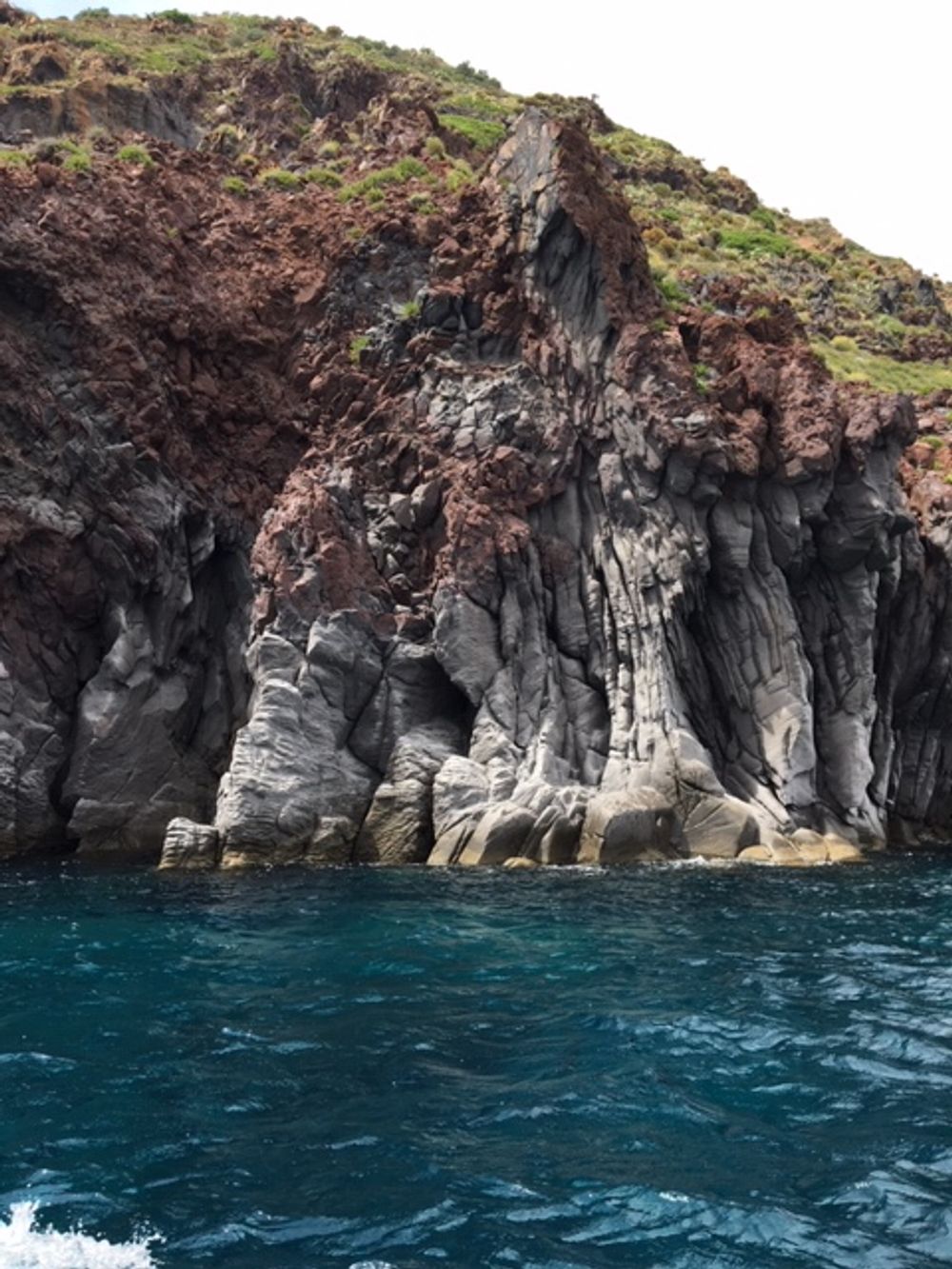
The islands appear almost vertically from the sea
There is a real sense of isolation on these islands – the only way to reach Salina is an hour-and-a-half journey by hydrofoil from Milazzo on Sicily’s north coast. Tourism is rather niche and very seasonal – the volcanic cliffs rise almost vertically from the sea (this is paradise for geology nerds, fyi) so it appeals more to intrepid walkers and wine types and those on passing yachts than to hordes of beach-seeking trippers.
When the last hydrofoil of the day leaves for Milazzo, a tangible sense of peace descends as night falls. If you’re lucky, neighbouring Stromboli might be erupting, sending plumes of ash and red-hot lava into the inky sky.
After more than a century of economic doldrums, the Aeolian Islands are back on the wine map. Led by the pioneering work of Tasca Capofaro, the new generation of winemakers is making really interesting wines that have their roots in tradition but appeal to modern palates. I predict their fortunes are on the rise once again.
AEOLIAN WINES IMPORTED INTO UK
Importer: Berkmann
Capofaro grow only the Malvasia grape, and put them to very good use in the only two wines they make. ‘Didyme’ is the dry expression, named after the ancient name for Salina (now so-called because of the salt flats the islanders still harvest); naturally fermented and aged in stainless steel on the lees with no skin contact, it’s wonderfully pure, savoury and fragrant.
‘Capofaro Malvasia’ is made in the traditional passito way, its 154g/l RS carried well by refreshing acidity and a modest 11.5% abv.
Prices on application.
Importer: Flint Wines
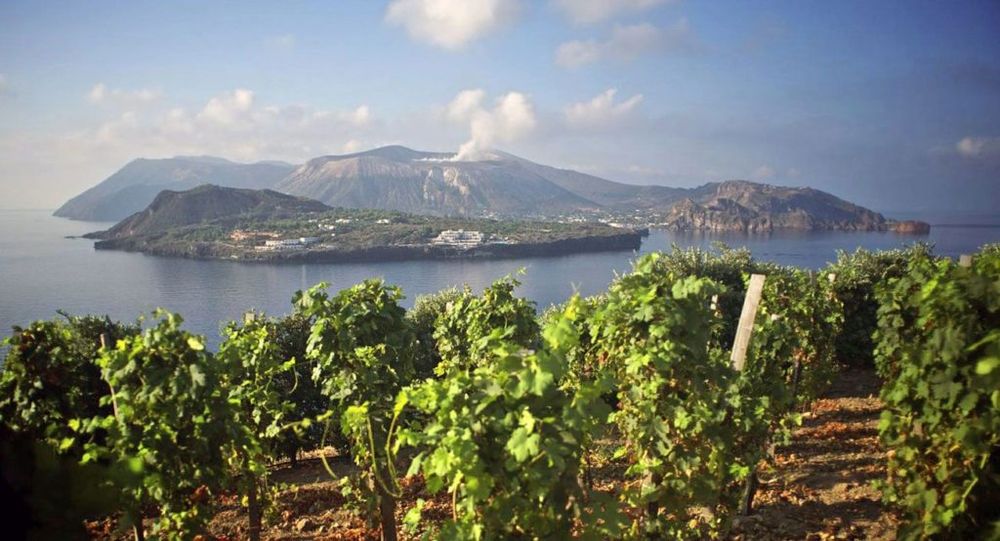
Over on Lipari island, Tenuta di Castellaro was established by two entrepreneurs from Bergamo in 2005. With sustainability as well as a respect for tradition at its heart, using cutting edge technology to harness the power from sun and wind at the state-of-the-art, carbon-neutral winery. Five of their nattily labelled, organic wines are imported by Flint Wines, and Julia Harding MW is a fan. “Tenuta di Castellaro do make an excellent passito but it was the dry white, ‘Porticello’ 2017 that won my heart and palate,” she writes. All their wines are pristine and delicious – I was particularly taken by their fresh and silky 2017 ‘Corinto’.
2017 Bianco Ponticello 11.25 dpd
Carricante/Moscato Bianco/Malvasia delle lipari
2017 Bianco Pomice 15.95 dpd
Malvasia delle lipari/Carricante
2014 Nero Ossidiana 17.50 dpd
Corinto Nero/Nero d’Avola
2017 Corinto 23.95 dpd
Corinto Nero
2015 Malvasia delle Lipari DOC 17.95 dpd 37.5cl
Importer: Les Caves de Pyrene
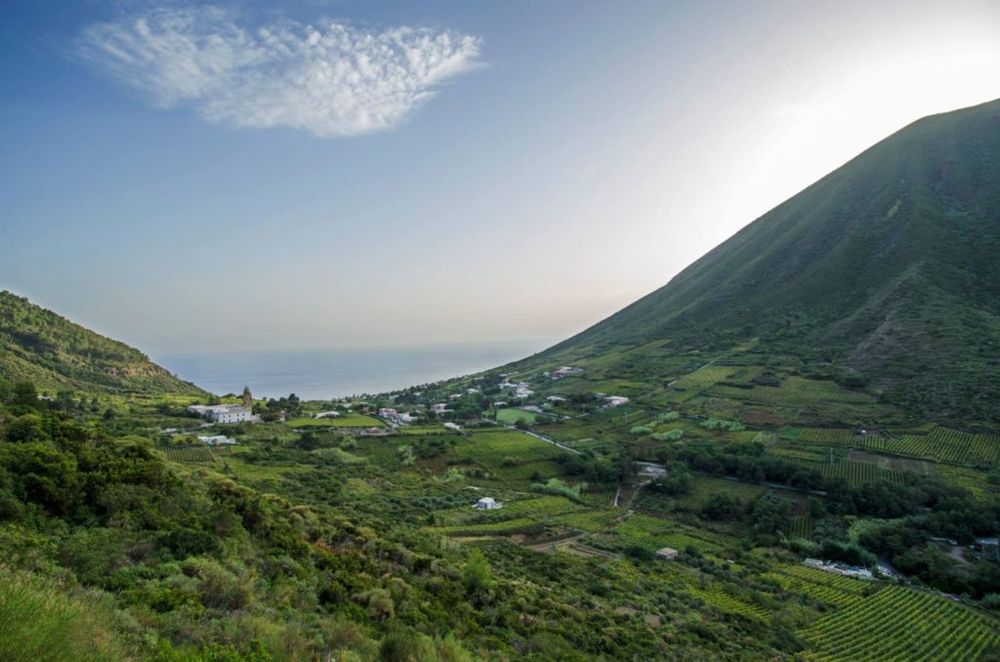
Antonio Caravaglio is a direct descendant of the 16th century Spanish settlers and continues to tend the same land, as well as more recently acquired plots that make up his 20 hectares. Until he took the reins in 1989, Caravaglio was mainly growing grapes for bulk production. He secured organic certification in the early 1990s and turned his attention to making his own artisanal wines. My favourite is the ‘Chianu Cruci’ a Malvasia delle lipari/Nerello Mascalese/Catarratto blend with 30 days on the skins. As Doug Wregg at Les Caves says: “It ticks so many of our nerdy boxes being from rare autochthonous grapes, an island wine, a volcanic island wine, a terracotta wine and an orange wine.”
Caravaglio, along with several other estates, also produce capers The flower buds of the caper plant are picked at dawn and preserved over months in local salt, a time-consuming process that has changed little over centuries and has earned Salina capers a place in Slow Food’s Ark Of Taste.
2018 Chianu Cruci – £15.05 dpd
Malvasia delle lipari/Nerello Mascalese/Catarratto
2018 Occhio de Terra Malvasia – £15.05 dpd
Malvasia; 10 days on skins
2018 Palmento di Salina – £15.05 dpd
Nerello Mascalese/Corinto Nero/Calabrese
Made in traditional Sicilian palmento (gravity-fed stone vessels) with very short maceration.




























